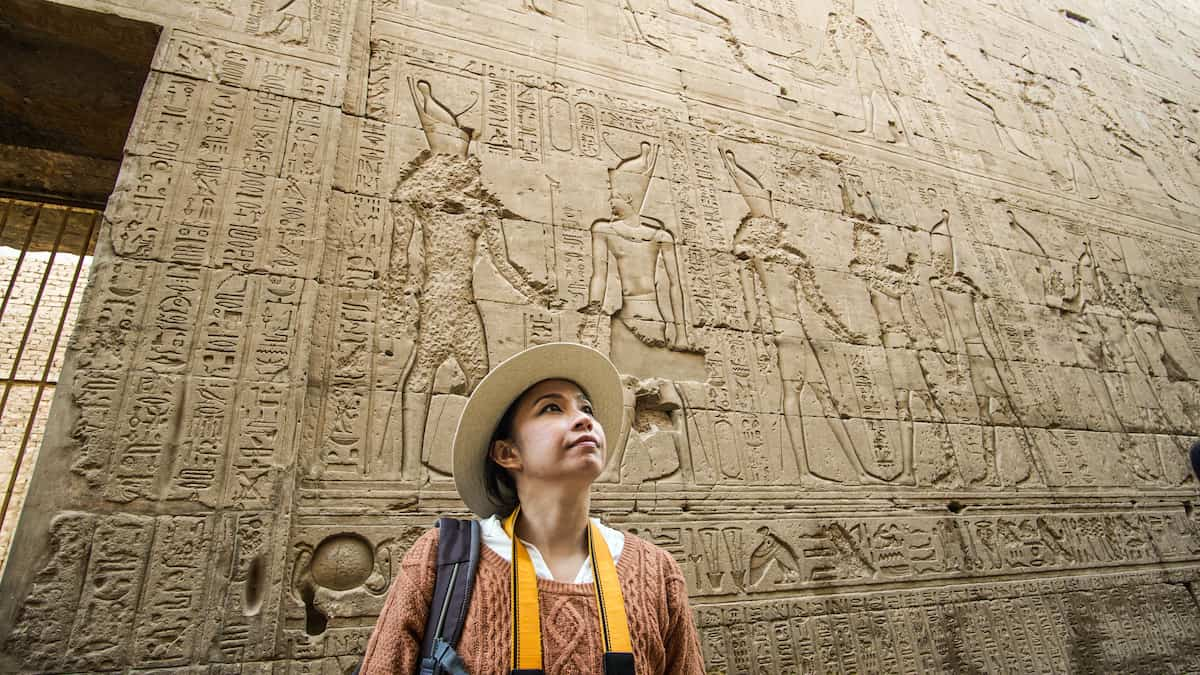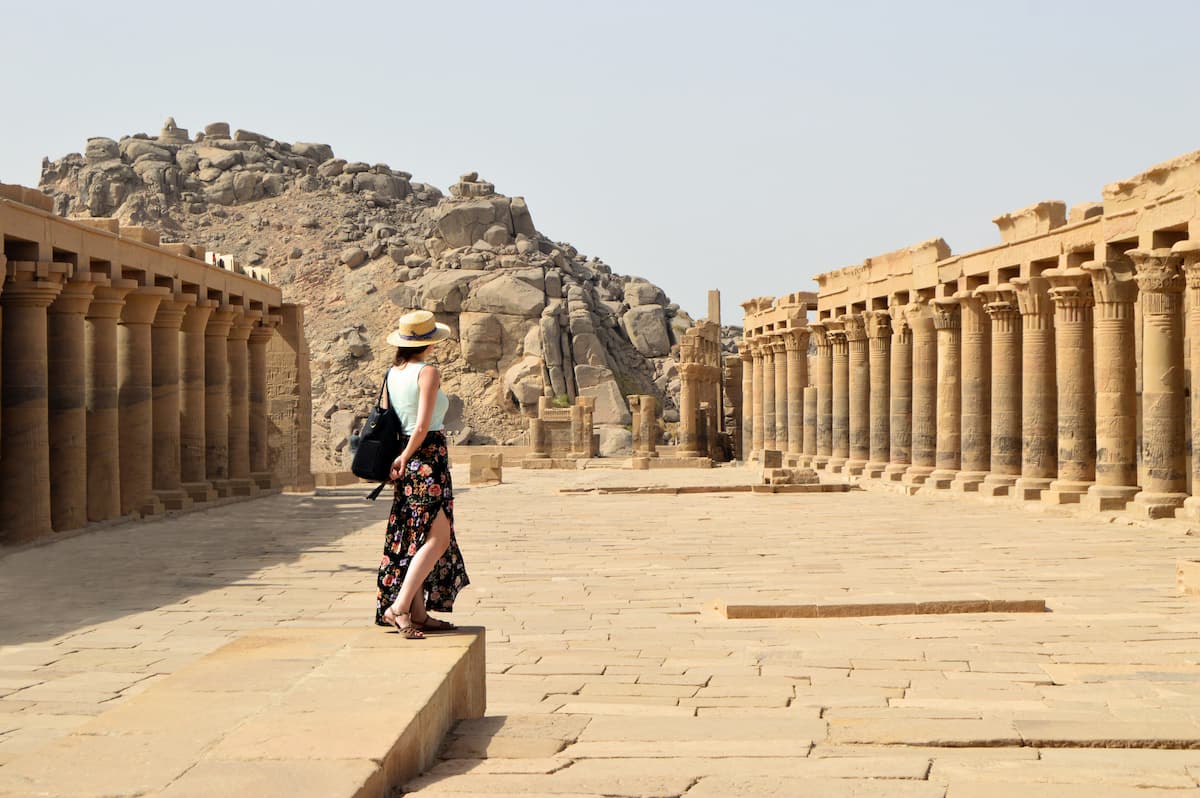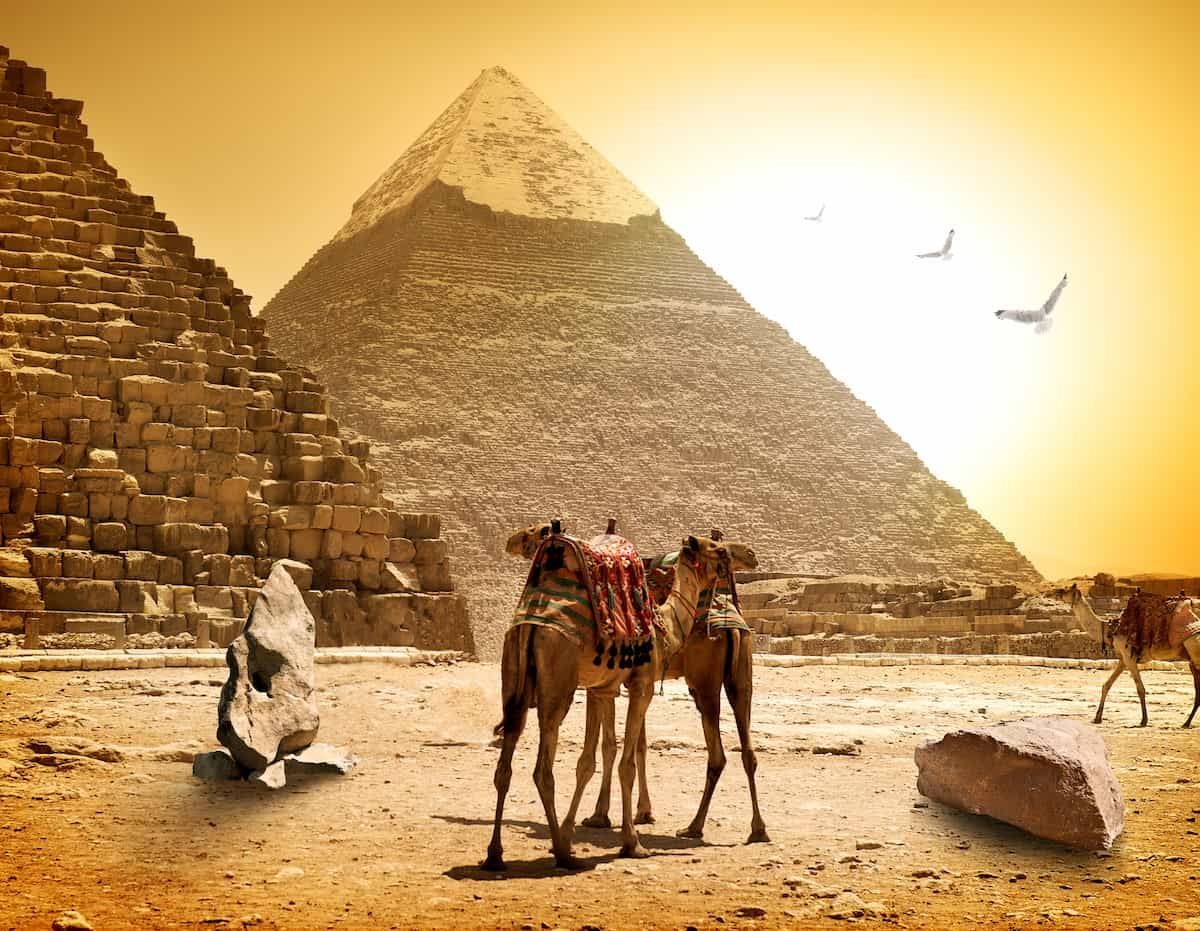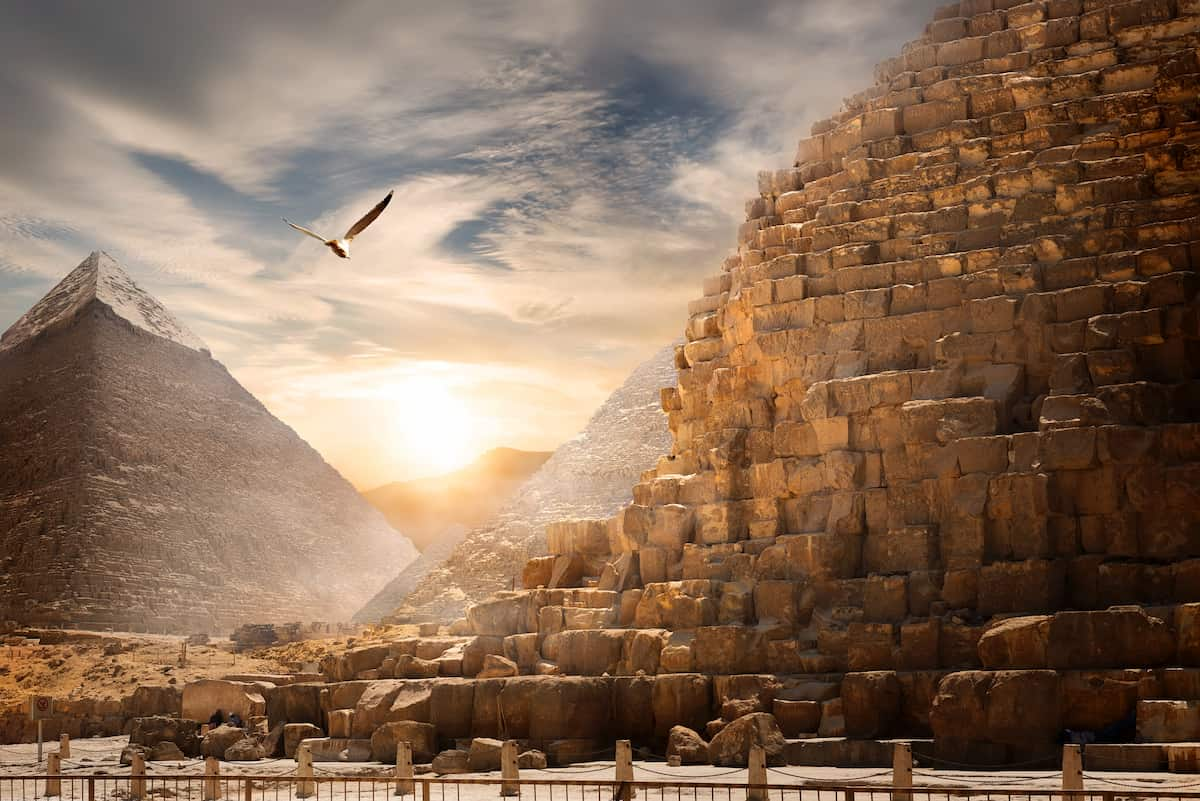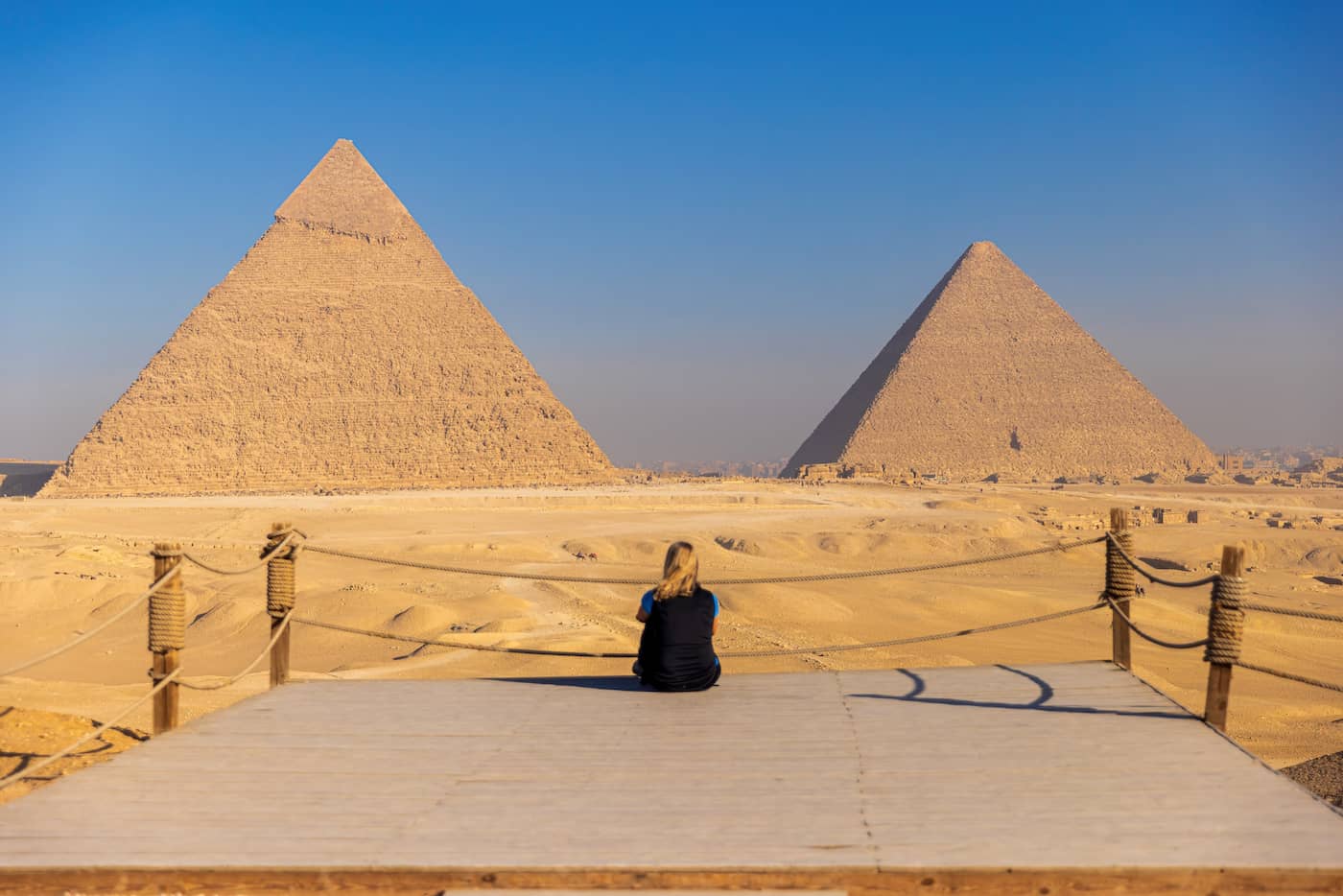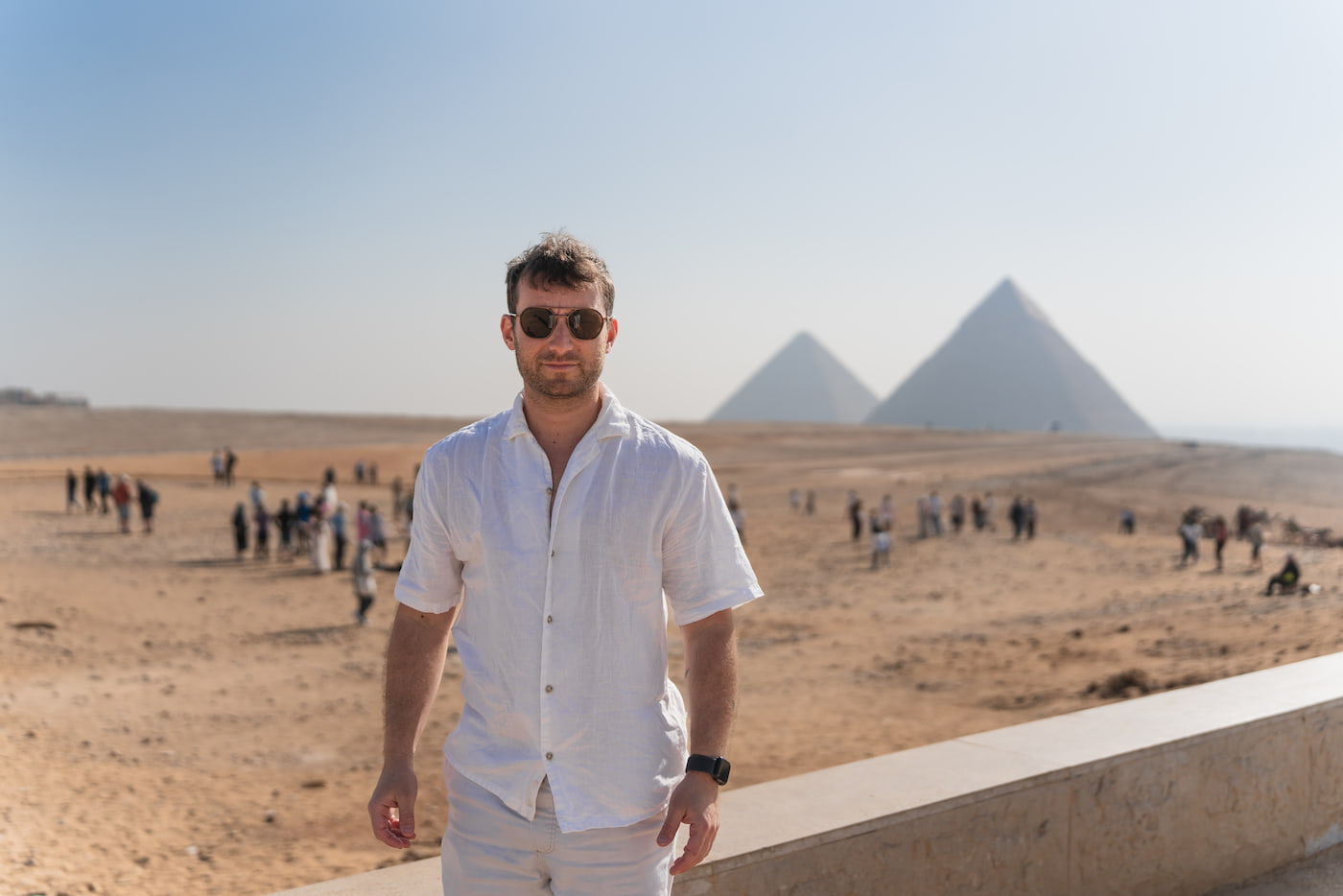The Most Interesting Mediterranean Sea Facts

The Sea extends from Southern Europe and Anatolia in the north to North Africa. and the Levant in the east. It is part of the Mediterranean Basin. and has an open connection to the Atlantic Ocean. When, thinking about the development of Western civilization. They often mention the Mediterranean. Geological evidence suggests that the Mediterraneean was isolated from the Atlantic around 5.9 million years ago. Where, leading to a partial or complete drying out of the region for around 600,000 years. during, the Messinian salinity crisis and subsequent refilling by the Zanclean flood around 5.3 million years ago.
Fun facts about the Mediterranean Sea
- Mediterranean nations number 22. Given its huge size, several nations border the Mediterranean. Spain, France, Monaco, Italy, Malta, Slovenia, Croatia, Bosnia and Herzegovina, Montenegro, Albania, Greece, Turkey, Cyprus, Syria, Lebanon, Israel, Palestine, Egypt, Libya, Tunisia, Algeria, and Morocco complete the list.
- Mediterranean islands exceed three thousand. Mediterranean island numbers are dispute. More than three thousand is the consensus. Some estimates suggest 3,500.
- Italy holds the two biggest islands. The Mediterranean has over 3,000 islands. Some are modest, some large. Sicily and Sardinia, both Italian islands, have the most land and people in the Mediterranean.
Other Mediterranean Sea fun facts
- Numerous smaller seas make up the Mediterranean. Subsequently, the Mediterranean Sea composes of several smaller seas. The Alboran Sea, the Balearic Sea, the Ligurian Sea, the Tyrrhenian Sea, the Ionian Sea, the Adriatic Sea, the Sea of Marmara, and the Aegean Sea are among the most well-known of these seas.
- The age of the Mediterranean is greater than 5 million years. Although the Mediterranean Sea is very old, it does not have quite enough age to remember the dinosaurs. The Mediterranean Sea has formed about 5.33 million years ago after a catastrophic flood.
- Although many different nations have fought over the Mediterranean Sea throughout history, the Roman Empire controlled it for 400 years.
Where is the Mediterranean Sea?

Firstly, The Mediterranean Sea separates Africa and Europe from Asia in the east to the Atlantic Ocean. consequently, The west is an intercontinental sea. It is a huge sea of the Atlantic Ocean that is fully contained by the continents of Europe, Africa, and Asia from the north, south, and east. It is connected to the Atlantic Ocean by the narrow and deep Gibraltar Strait (1,050 feet/320 meters), to the Black Sea by the Sea of Marmara and the Dardanelles, and to the Indian Ocean and the Red Sea by way of the Suez Canal. In addition, The Suez Canal links the Mediterranean Sea to the Red Sea and is located southeast of the Mediterranean.
Mediterranean Sea location on the map
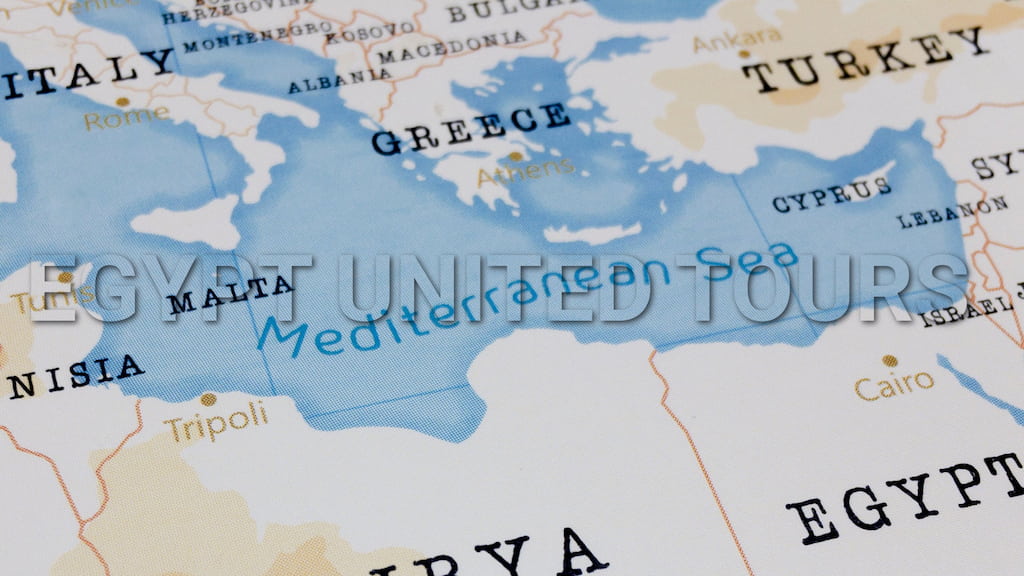
First, The 14-kilometer-wide Strait of Gibraltar links the Mediterranean Sea to the North Atlantic Ocean. Western and southern Europe, Anatolia, the Levant, and North Africa are its nearest neighbors. With a total area of about 2.510 million km2, it ranks as the third-largest region in the Atlantic. Geological evidence suggests that the Mediterranean separated from the Atlantic Ocean some 6 million years ago, making it a relatively recent addition. Since ancient times, the Sea has served as a vital trade route, and its influence on the development of contemporary cultures has been profound.
Mediterranean region location
Seven European Union (EU) countries—either in part (France, Portugal, Italy, and Spain) or in whole (Tunisia)—are located in this biogeographical region centered on (Greece, Malta, and Cyprus). Particular to the area are the mainly hilly scenery and hot, dry summers, and damp, chilly winters. The Mediterranean region is home to an abundance of unique species that can’t be found anyplace else on Earth.
The Mediterranean region can be best safeguarded by concerted efforts by the relevant Member States and key stakeholders to develop nature conservation measures adapted to the region’s special needs and designed to counteract its unique challenges.
Sites of Community importance for the Mediterranean biogeographical area are added or removed annually from the Natura 2000 list.
Mediterranean Sea Egypt

The length of Egypt’s northern coastline along the Mediterranean is approximately 500 kilometers. Sand beaches and seas with a turquoise tint draw hordes of Egyptians to this region throughout the summer months. In recent years, several expansive resorts developed confronting these clear waters to accommodate the influx of tourists. The majority of travelers, on the other hand, make a beeline straight to Alexandria, which was once a renowned port city. This faded old dame of a metropolis is nevertheless, by far, Egypt’s most evocative city despite being lauded throughout the years for its beauty. Alexandria has an atmosphere that is very different from that of Cairo due to its proximity to the sea, its great seafood, its ancient history, and the decaying gems of belle époque structures.
Importance of the Mediterranean Sea
First, as inland, the Mediterranean connects Europe to the remainder of Eurasia and, more specifically, the Middle East and Africa. Therefore, it exhibits a pair of features. For starters, its strategic importance to other countries (including the United States) hinges on how seriously they take the political climate in Europe. If the geopolitical importance of mainland Europe (and, to a lesser extent, the Middle East) declines, the Mediterranean will lose much of its relevance. When its borders are under the influence of opposing nations, the Mediterranean becomes an unstable frontier sea. Second, the stability of the Mediterranean can only be ensured when one state (or friendly powers) controls access to and the perimeter of the sea. Political unrest on the Mediterranean’s southern and eastern beaches, and Russia’s entrance Also, China’s influence on the politics and economy of southeastern Europe has contributed to the region’s unraveling geopolitical cohesiveness.
Why is the Mediterranean Sea Important?
Because the safety of one Mediterranean coast depends on the stability of the other, geopolitical harmony is essential. That is to say, the beaches of Sicily are not where southern Europeans feel safest. but rather the shores of Libya. The European states on the other side of the waterway feel the effects of what happens. and who controls the North African coastline. The depth of the Mediterranean Sea has never been sufficient to ensure safety. even in ancient times when geography was a much bigger obstacle to power projection than it is today. They were closer together than they were apart. As technology has advanced. the connectivity between the Mediterranean coasts has only improved.
How deep is the Mediterranean Sea?
On the other hand, There are a total of twenty-two countries that border the Mediterranean Sea. Given the presence of at least 3,000 islands and untold numbers of marine species. one can only speculate as to the true depth of the Mediterranean Sea. The Mediterranean Sea is larger than both the Black Sea and the Aegean Sea put together. with a total area of 965,300 square miles. While the width is About 2,509,000 square kilometers of water make up the Mediterranean Sea (969,000 sq mi). Its length from east to west is 3,900 kilometers (2,400 miles), and its greatest breadth is 1,600 kilometers (600 miles) (990 mi).
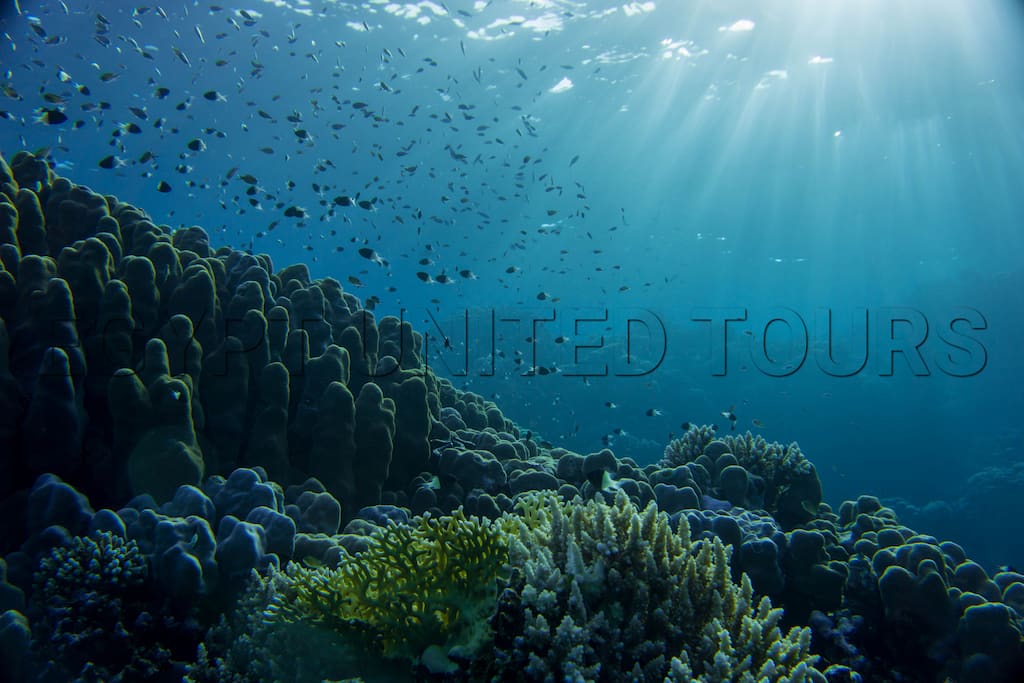
How old is the Mediterranean Sea
Geology believes the Mediterranean shut off from the Atlantic 5.9 million years ago. before being replenished by the Zanclean flood 5.3 million years ago. These are some Mediterranean Sea dimensions: The Strait of Gibraltar separates the Mediterranean and Atlantic Oceans by 14 kilometers (9 miles). despite the Mediterranean’s 0.7% ocean surface. The Atlantic Ocean and the Mediterranean Sea converge at the narrowest point in Gibraltar. dividing Morocco from Europe’s Iberian Peninsula. multiple islands. which were volcanic outcroppings. Sicily and Sardinia are the largest.
The Mediterranean Sea in ancient Egypt
The Nile discharged into the Mediterranean. Predynastic Egypt used the river as a commercial route. Egyptians received goods from the Mediterranean since the 4th millennium BCE. but didn’t start marine trade in the Mediterranean until about 300 BCE. Because of the sea’s protective barrier. Egypt’s culture developed over centuries.
On the other hand, in Protodynastic Egypt Overview, Egyptians settled in southern Canaan before the First Dynasty. Narmer shipped Egyptian pottery from Arab, Rafiah, and Tel Erani to Egypt. In 1994, a Narmer-incised artifact from around 3000 BCE. Mineralogical analysis of a Nile Valley-to-Mediterranean wine jar fragment.
What is the Mediterranean ocean?

The Mediterranean Sea is part of the Atlantic. and its famed three sides by continents: Europe to the north, Africa to the south, and Asia to the east. It has a surface area of over 2.5 million km2 (965 000 mi2). yet its passageway into the Atlantic is only 14 km (9 mi) wide. The entrance to the Mediterranean Sea from the Atlantic Ocean is seen from a bird’s-eye view. with the (Strait of Gibraltar).
Trips around the Mediterranean Sea
A cruise is the best way to see the Mediterranean coastline and the islands off its shore, such as Malta, Cyprus, Sardinia, Corsica, and Sicily
Spain, France, Italy, Croatia, Greece, and Turkey all have beautiful coastlines and islands that attract many tourists. Port stops in Casablanca, Morocco, Tunis, Tunisia, and Port Said, Egypt, are a pleasant bonus on many Mediterranean cruises. In addition, Some cruises in the Mediterranean last as little as three or four days, while others go as long as twelve. Typically, the length of your cruise will determine how far you choose to go from the typical itinerary.
Is there a Mediterranean cruise to Egypt?
Egypt’s Mediterraneean cruises reveal Alexandria’s fascinating heritage. It’s only a few hours from Cairo’s bustling streets, yet this seaside city feels worlds apart. Cleopatra, Julius Caesar, and Mark Antony lived in Alexander the Great’s capital.
In contrast, Alexandria’s 10-mile Corniche seaside promenade offers fresh air, local views, and noise. Visit the National Museum to discover Alexandria’s fascinating history and antiquities. You may see the Great Pyramids and Sphinx outside the city or explore the city’s historic temples, amphitheater, and catacombs. Alexandria’s beachfront boardwalk and unique architecture make it unusual and enchanting.
Mediterranean countries
In this context, “Mediterranean countries” refers to those that are either bordered by or situated within the Mediterranean Basin. Twenty independent nations in Southern Europe; Western Asia, and North Africa share a coastline with the sea; and two more are located entirely within its waters (Malta and Cyprus).
While Portugal, Andorra, San Marino, Vatican City, Kosovo, Serbia, Bulgaria; North Macedonia, and Jordan do not have a coastline in the Mediterranean. They are often grouped together with these countries.

Southern European coast
- On the Southern European coast, from west to east
- Gibraltar
- Spain
- France
- Monaco
- Italy
- Malta
- Slovenia
- Croatia
- Bosnia and Herzegovina
- Montenegro
- Albania
- Greece
Western Asian coast, from north to south
- Turkey
- Republic of Cyprus
- Syria
- Lebanon
- Palestine
- Israel

